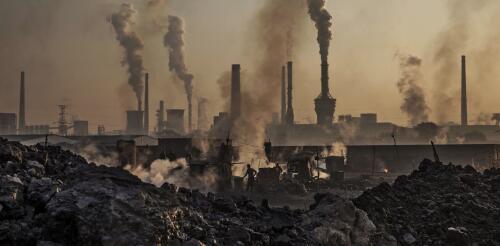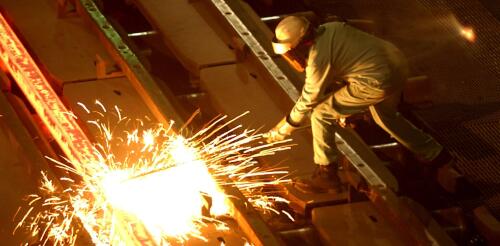Steel
As government leaders and climate negotiators gather in Dubai for the COP28 United Nations climate conference, an enormous challenge looms over the proceedings: decarbonizing the global industrial sector. Industry has accounted for over 30% of total greenhouse gas emissions in recent years. It is the single largest emitting sector when accounting for its electricity use and heat generation. For countries to meet their goals to cut greenhouse gas emissions, stopping emissions from carbon-intensive industries like steel, cement and chemicals is imperative. There are promising technologies and innovations that can drive decarbonization in industry: green hydrogen fuel made from clean electricity and water, energy efficiency measures across supply chains, and carbon capture, use and storage to name a few. However, these solutions have yet to be deployed at the speed and scale required to slow global warming. Global industrial emissions will need to fall by 25% by 2030 for the...
Rising trade tensions between the U.S. and the European Union, two of the most important global leaders when it comes to climate policy, could undermine key climate initiatives of both governments and make it harder for the world to put the brakes on climate change. The two have clashed over the 2022 Inflation Reduction Act’s requirements that products be made in America to receive certain U.S. subsidies. The EU recently announced plans for its own domestic-only clean technology subsidies in response. The U.S. and EU also now have competing carbon tariff proposals, and these could end up undermining each other. In December 2022, the EU reached a provisional agreement on a carbon border adjustment mechanism. It will put carbon-based tariffs on steel, aluminum and other industrial imports that aren’t regulated by comparable climate policies in their home countries. The Biden administration, meanwhile, proposed a “green steel club” of nations that would coo...

